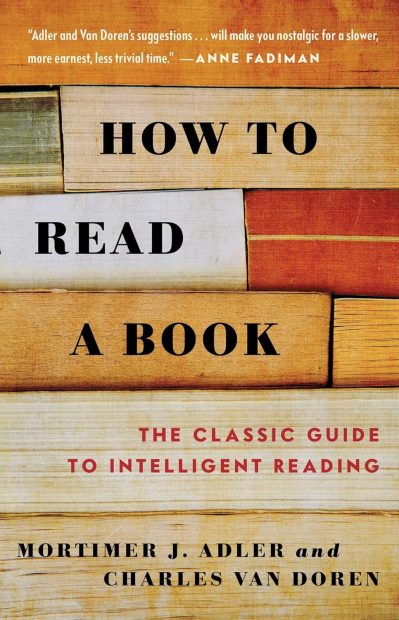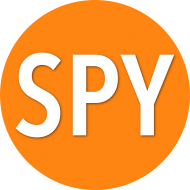For my Introduction to Global Entrepreneurship course at Accent Global Learning I have set my students an assignment to review a book on our long reading list. I would value colleagues’ thoughts on my rationale for a book review and description of approaches to this activity.
This is not an easy exercise, though it is easier than writing a non-fiction book. It is also obviously related to – the reverse engineering of – non-fiction writing, and related to editing non-fiction, and the written word.
This activity can be broken down into the reading, note-taking, writing, and editing. My brief is only on the first element, the reading.
Overview
Background and References
Of course, the book review is almost as old as the book – did Thucydides review Herodotus’ The Histories? – and thinkers and writers who have addressed this challenge more recently, directly or indirectly, include my colleague Susan Greenberg who wrote A Poetics of Editing; UCL emeritus professor John Sutherland; University of Kent emeritus professor Frank Furedi his book Power of Reading; and Umberto Eco’s How to Write a Thesis. And probably F.R. Leavis’ work, and even that of French literary theorist Roland Barthes.
My approach
The approach I have developed is based on Mortimer J. Adler and Charles Van Doren’s How to Read a Book: The Classic Guide to Intelligent Reading, first published in 1940, with an additional approach, Meta reading, based on the 1980s satirical magazine Spy’s pioneering ‘Review of Reviewers’ format. (And I do not claim any authority here, other than having written a lot, including one book and many book chapters and papers.)

Goals of a book review
The goal of a non-fiction book review is to: Indicate to a prospective reader what the subject matter is; summarise the overall narrative and argument; and, explain the key ideas the book presents.
It is should also note how well-researched and authoritative it is, and judge the accuracy of the data and information presented.
In addition, a book review should put the book it in the context of related study and publishing, and wider developments; detail what is new and original, and critique this; reflect on the overall narrative, and consider how well argued the book is; and evaluate how actionable is any advice or guidance.
Finally, it should recommend to a prospective reader whether it is worth reading, or which elements they might read, describe how it approaches its subject matter, and note how readable and well written it is.
In addition
A book review may also reflect professionally on the author, particularly where it indicates their authority in the context of the book. It may indicate where more study and thinking is needed. And recommend elements of the book as being particularly good or bad. The review may propose how the book might better have approached its subject matter and argument. And reflect on the presentation of the book (including design, typography, photography, illustration, graphics and tables).
My approach
The approach covers: Elementary reading; Inspectional reading; Analytical reading; Synoptical reading; and Meta-reading (or the ‘Review of Reviewers’)
Elementary reading
Reading of the text to establish straightforward rather than deeper meaning. [This is more time-consuming but less focused.]
Inspectional reading
Systematic skimming and superficial reading to determine the nature of the book, and whether it is worth deeper engagement. This may include: reviewing the title, subtitle, table of contents, and index; reading the preface, introduction, and publisher’s description; looking at chapter headings, any summaries, and emboldened or italicised sections; scanning the footnotes and endnotes, and bibliography (and any bibliographical essay); reviewing images, graphics and graphs, and their associated captions; reading a few paragraphs or sections that appear to be key, and/or reading the first and last paragraphs of each chapter. [This is time-consuming but more focused and intense.]
If one has access to a digital edition of the title, one might also skim the popular highlights, which are a feature not least of Amazon Kindle books. One can also search across the text for keywords of interest.
Analytical reading
Deep engagement with a book’s content, structure, and meaning grappling with the book’s structure, themes, and arguments in detail, and identifying the author’s purpose and intended message. Actively engaging with the text, including asking critical questions. [This is time-consuming, focused and intense.]
Systematic approach: Classifying the book by main theme and argument, and summarising them. Showing how the author develops their argument and the text’s structure. Identifying the book’s key concepts and propositions.
Evaluative Thinking: Asking if the author’s arguments are sound, and if the sections of the book are coherent. Establishing what is knowledge and what is just opinion.
Synoptical reading
Reading multiple books on the same subject and comparing them, to develop a broader, more objective understanding of the subject matter and a critical perspective on each. [This is most time-consuming, intense.]
Meta reading (or the Review of Reviewers)
An instantiation of synoptical reading: Reading key reviews of the title – in journals, periodicals and newspapers – and building on the reviewers’ insights to glean what one would learn from Inspectional reading, Analytical reading, and Synoptical reading. For this to be viable, one has to determine the reliability of the reviewer, and adjust for their point-of-view. [This is less time-consuming, intense.]
Conclusion
I am keen to find exemplary non-fiction book reviews to illustrate this process. And to develop approaches to note-taking, writing, and editing. Some of these we worked on in the Roam Book Club during the Pandemic (when we had a lot of time to read and discuss).
This approach also relates to my work On how we Research, Learn, and Create meaning
